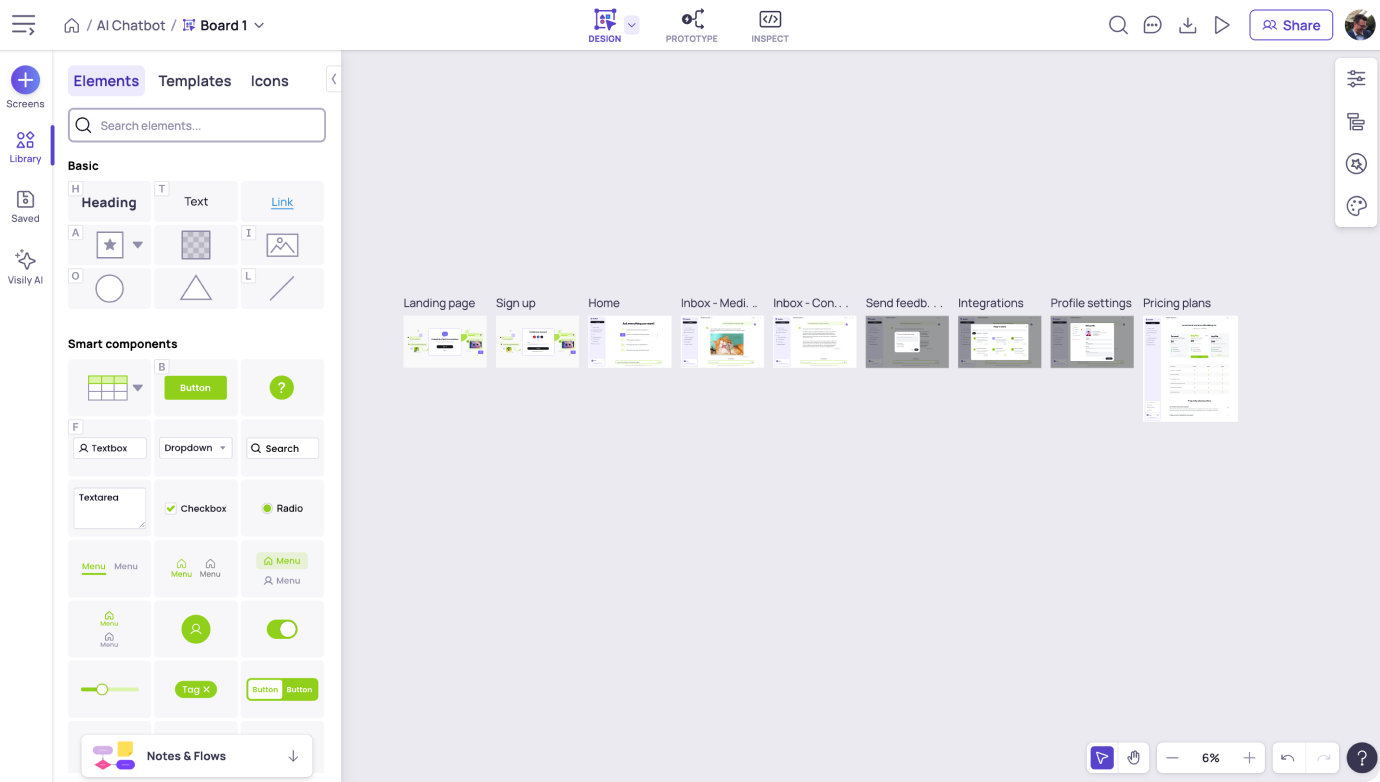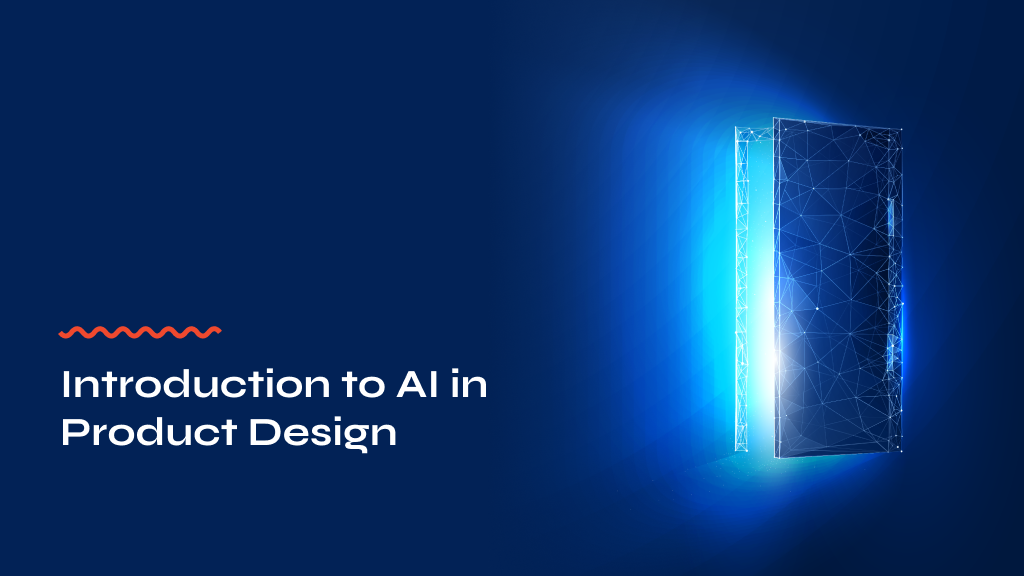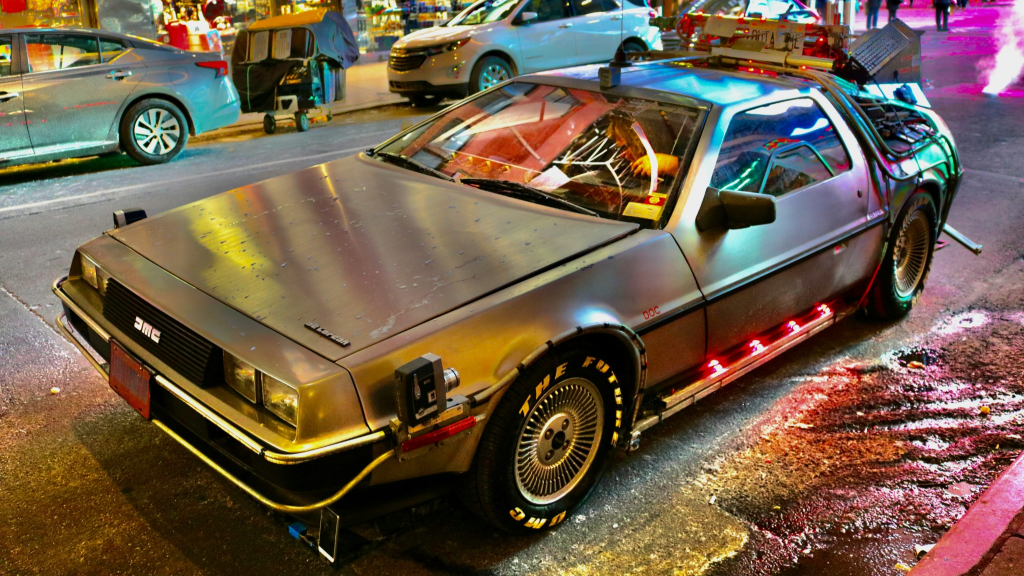Artificial Intelligence • July 12th, 2023
In the ever-evolving landscape of product design, a new frontier has emerged, one that promises to reshape the way we conceive and craft products: Artificial Intelligence, or AI. This introductory dives into the world of AI’s role in product design and sheds light on its significance and the advantages it brings to the design process. It’s a journey that holds the key to unlocking the future of design.
The Profound Significance
AI is not merely a buzzword; it’s a revolutionary force that has already begun to disrupt and transform the design industry. Traditionally, product design relied heavily on human creativity and intuition, which, while invaluable, had its limitations. AI steps in as a formidable ally, extending the boundaries of design thinking. Its significance lies in its ability to analyze vast datasets, identify patterns, and generate insights that may elude human designers. This data-driven approach empowers designers to make informed decisions, ultimately leading to more user-centric and effective designs.
Unveiling the Advantages
The advantages of incorporating AI into the product design process are diverse. First and foremost, AI accelerates the design cycle. Tasks that once took days or weeks can now be accomplished in a fraction of the time. For instance, AI-powered software can rapidly generate design prototypes, freeing up designers to focus on higher-level creative tasks.

The AI-powered app Visily can generate design prototypes in seconds.
Furthermore, AI enhances user research. Through sentiment analysis and user behavior tracking, designers gain a deeper understanding of their target audience. AI can uncover valuable insights that inform design choices, resulting in products that resonate more strongly with users.
Personalization and customization are also areas where AI shines. Recommendation systems and content customization powered by AI algorithms enable designers to create tailored experiences for individual users, increasing engagement and user satisfaction.
The Synergy of Human Creativity and AI
One thing is abundantly clear: AI doesn’t replace human designers; it elevates them. The synthesis of human creativity and AI’s analytical brilliance is a perfect match. Designers can venture into uncharted territories, test audacious concepts, and iterate at warp speed, all fortified by the confidence that AI’s insights provide. This collaboration – humans and machines in perfect harmony – epitomizes the pinnacle of design innovation.
One thing is abundantly clear: AI doesn’t replace human designers; it elevates them.
Conclusion
The introduction of AI into product design signifies a profound transformation. It’s a leap into a future where design cycles are lightning-fast, user research is laser-focused, and personalized experiences are the norm. But, amid all this change, one thing remains constant: the magic of design happens when AI and human creativity unite, creating products that not only resonate but revolutionize. The future of design is here, and it’s brilliant.
If you enjoyed reading this article, please share it with a colleague or friend, and join me next week to learn about AI-Powered User Research.



